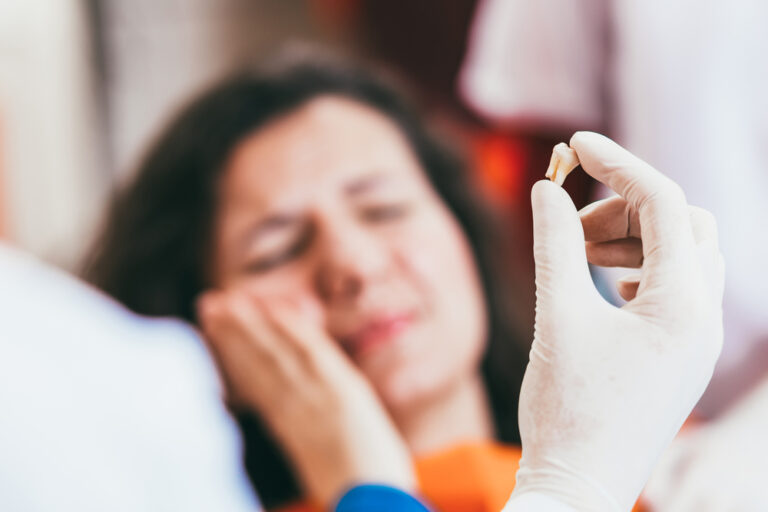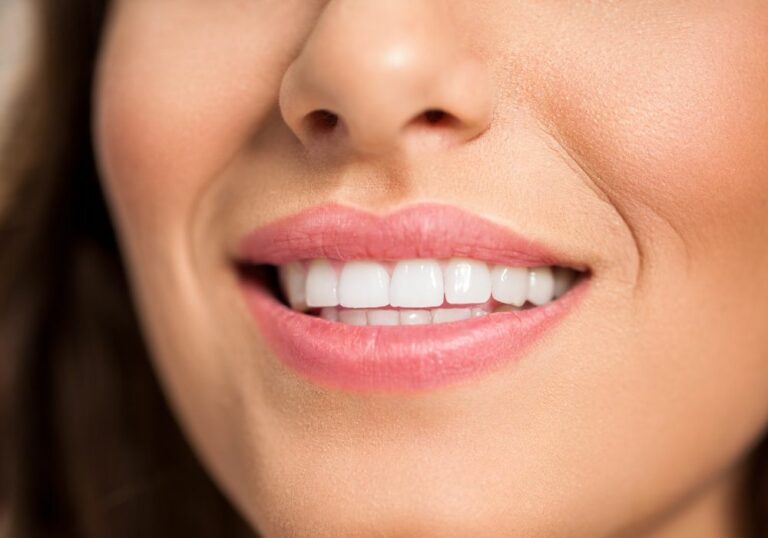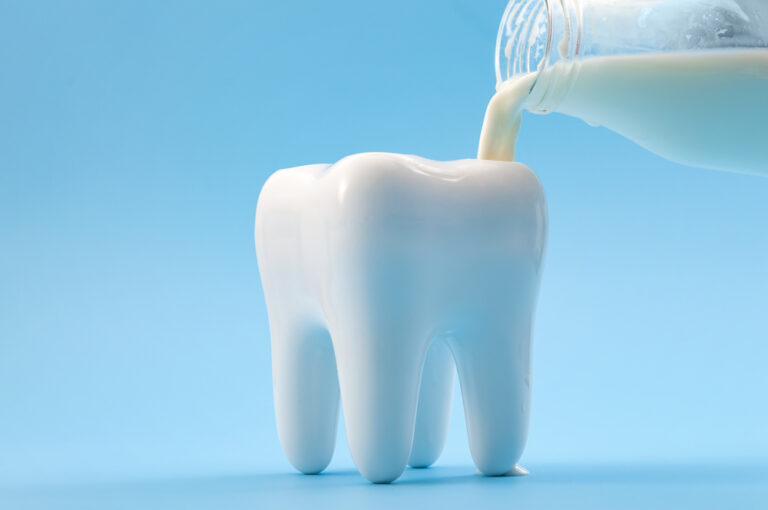Toothache is a painful condition that has troubled humanity for millennia. Before the advent of modern dentistry, people had to rely solely on traditional and herbal remedies to find relief from oral pain. Native Americans were particularly knowledgeable when it came to using natural cures for toothache. Having lived for centuries as hunter-gatherers closely connected to the land, indigenous tribes had an intricate understanding of the medicinal properties of the local plants, herbs, roots and other organic materials around them. They discovered and developed treatments for tooth pain by making poultices, pastes, infusions and decoctions from ingredients readily available in their immediate environment.
This article comprehensively explores the varied toothache remedies devised by Native American tribes across North America before the arrival of Europeans. It provides rich details on the specific plants and methods used by different tribes, highlighting the sophistication of indigenous medicine. It also examines the cultural, spiritual and oral hygiene practices related to dental health in Native American life.
Diverse flora used in herbal toothache remedies
Native Americans had a remarkable knowledge of the healing attributes of the rich flora around them. A wide variety of local plants and herbs were used by different tribes to create an assortment of traditional toothache treatments.
Willow
The inner layer of bark from willow trees contains a chemical called salicin, which is converted in the body into salicylic acid. Salicylic acid is a potent anti-inflammatory compound that also reduces pain. It is essentially the natural precursor of acetylsalicylic acid – the active ingredient in aspirin. Willow bark’s analgesic and anti-inflammatory properties were widely known among Native Americans, and the herb was used for relieving toothaches by many tribes, including:
- Cherokee: Boiled willow bark to make a strong infusion for drinking. The resulting tea could ease dental pain.
- Iroquois: Used powered willow bark poultices directly on the gums.
- Ojibwe: Chewed on willow twigs or used willow bark in herbal kinnikinnick smoking blends to numb tooth pain.
Goldenseal
Also referred to as yellowroot, goldenseal is another herb valued for its antiseptic and anti-inflammatory properties. It helps treat inflamed gums, mouth ulcers, and cavities – making it an effective toothache remedy. Specific uses included:
- Cherokee: Mixed goldenseal root powder with alum powder to apply on painful teeth. The alum helped with bleeding gums too.
- Iroquois: Used goldenseal poultices externally on the jaw below the affected tooth.
- Menominee: Added goldenseal to herbal dental powders that were rubbed directly on the gums.
Prickly Ash
Prickly ash bark contains elements like tannins and coumarins that enhance blood circulation and numb nerve endings to reduce pain signaling. Native Americans extensively used prickly ash to make analgesic medicines, including for toothache relief:
- Meskwaki: Made toothache remedies from prickly ash bark poultices.
- Potawatomi: Combined prickly ash bark with other herbs in oral infusions.
- Cherokee: Used prickly ash bark mouthwashes.
The list of plants used is long and includes yarrow, peppermint, clove, oregano, plantain, chaparral, yucca, and even fungi like corn smut. Specific applications varied between tribes and regions based on local availability. But the vast array of ingredients demonstrates the deep understanding Native Americans had of natural dental remedies.
Preparation methods for herbal toothache medicines
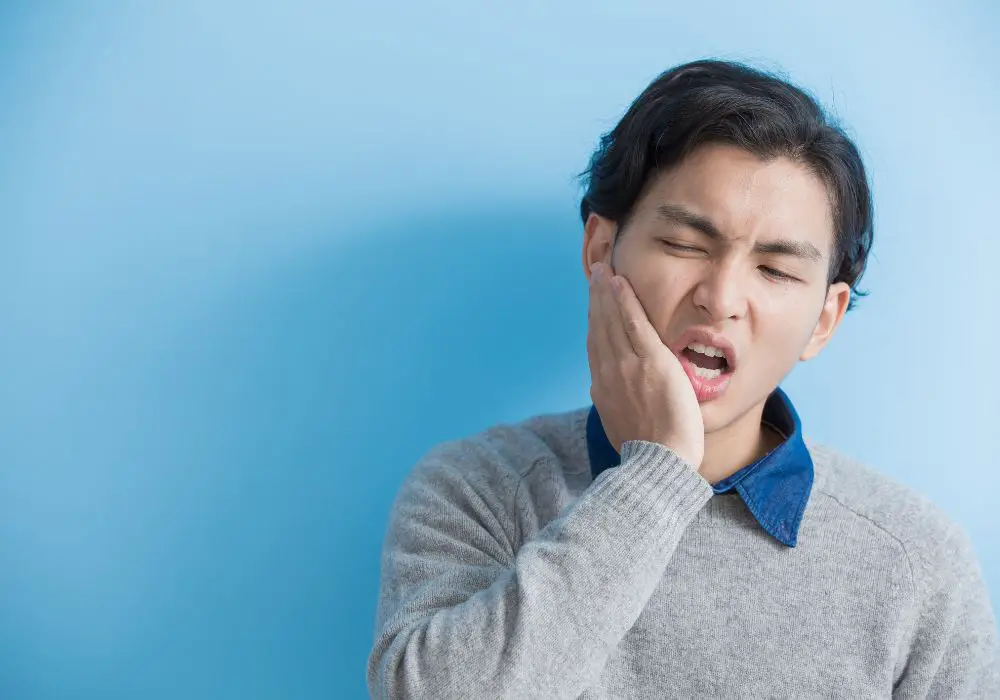
Native Americans used several techniques to prepare and administer plant-based toothache treatments:
- Infusions: Leaves, barks or roots were steeped in hot water to extract active compounds into a liquid infusion drunk as tea. The Iroquois drank infusion teas made from meadowsweet for dental pain.
- Decoctions: Tough roots or barks were simmered and boiled repeatedly to produce concentrated extractions for consumption. The Choctaw drank warm decoctions made from sassafras roots to relieve toothache.
- Poultices: Leaves or powdered roots were mashed into a paste or pulp and applied externally on the cheek near the sore tooth. Warm poultices helped draw blood to the surface and provide relief. The Creek made poultices using the roots of Carolina snakeroot.
- Direct application: Twigs, leaves and roots were chewed directly to release beneficial juices inside the mouth for immediate effect. The Fox Indians chewed the ends of peppermint roots for their anesthetic effect.
- Mouthwashes: Steeping aromatic herbs in water produced healing oral rinses to cleanse the mouth and ease dental pain. The Alabama tribe used oregano-infused warm water as an antiseptic mouthwash.
- Tooth powders: Roots were dried and powdered to apply directly on teeth and gums. The Menominee dusted a mixture of dried goldenseal and ginger powders on irritated gums.
- Tinctures: Herbs were soaked in alcohol, vinegar or glycerine for weeks to extract their therapeutic compounds into a concentrated liquid. Tinctures were used for dressing tooth cavities or gum infections.
Illustration of creative Native American toothache treatments
The Native Americans often displayed remarkable creativity in devising methods to use herbal ingredients for treating tooth pain:
- The Navajo would heat a piece of flint in the fire until extremely hot. They quickly dropped the hot flint into a poultice made from mashed yucca leaves. This allowed them to make a warm, medicated poultice that was placed against the cheek to relieve toothache.
- The Hopi made a thick paste from the ground roots of medicinal herbs like Echinacea, and mixed in gum from the piñon pine. Small pellets of this paste were applied directly on cavities or gum boils to alleviate oral pain.
- Willow twigs were commonly chewed directly for their salicylic acid content. The ends were frayed or smashed between the teeth to release more juices to numb aching teeth.
- Dental powders made from roasted melon seeds and mineral clay were innovatively mixed with herbs like prickly pear cactus juice into a paste and rubbed on teeth using fingers.
Culture and spirituality related to Native American dental practices
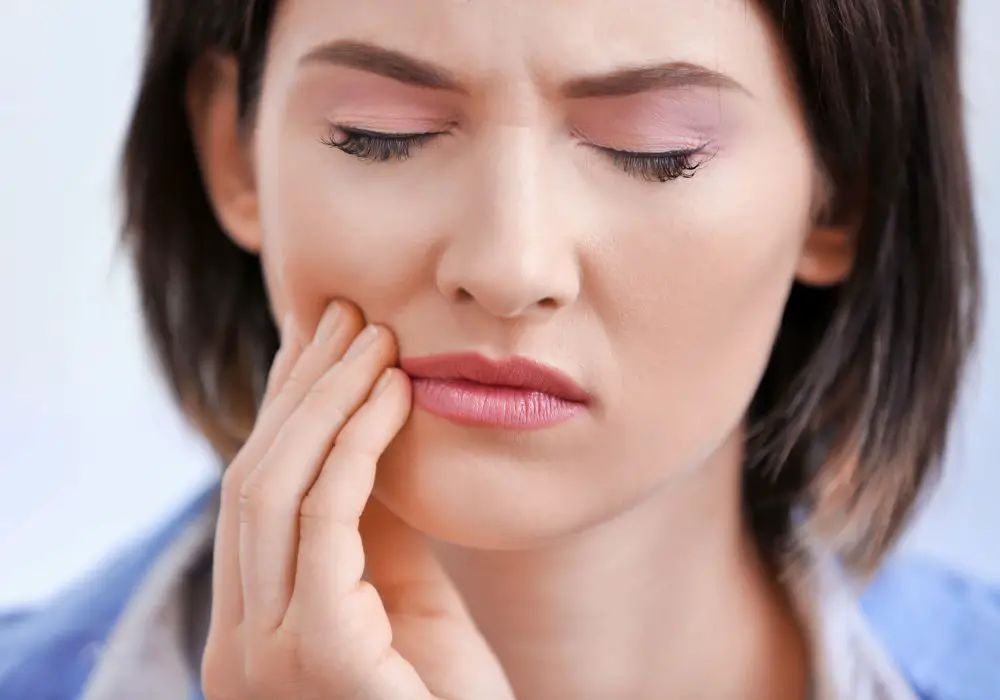
In Native American culture, toothaches were sometimes attributed to supernatural causes rather than just physical reasons. Illness and suffering indicated a disturbance of the spirit, mind and body. Healing often involved rituals, ceremonies and praying to treat both the spiritual and physical aspects.
- The Navajo conducted an elaborate toothache ceremony over several days involving sand paintings, sacred songs, oral medicines and prayers to cure tooth pain.
- During dental treatments, the medicine man would conduct purifying rituals and blow eagle feathers over the patient to restore spiritual balance.
Oral hygiene practices also reflected cultural values. Neem and oak chewing sticks were used instead of toothbrushes to prevent dental problems. The Cherokee considered tooth loss during old age a sign of wisdom. Elders with missing teeth were respected rather than seen as requiring remedies. Overall, Native American dental health practices combined pragmatic knowledge of herbal medicines with rich cultural-spiritual meaning within their holistic worldview.
Conclusion
From the broad array of natural ingredients, preparation techniques and cultural rituals, it is evident Native Americans had highly sophisticated and effective methods of treating toothache prior to modern dentistry. Practical experience helped them expertly harness the healing powers of local herbs over many centuries. While spiritual practices have diminished today, scientific research continues to validate the immense medicinal value of ingredients traditionally used by Native Americans. Their age-old herbal remedies can inform safer dental care and inspire more natural alternatives within our modern lifestyles.
Frequently Asked Questions

Which natural pain relievers did Native Americans use for dental pain?
The key medicinal plants Native Americans used for dental pain relief included willow bark containing salicylic acid, peppermint as a mild numbing agent, yucca root to reduce inflammation, and prickly ash to stimulate circulation. Specific herbs varied across tribes based on regional availability.
What oral hygiene practices did Native Americans have?
Many tribes used chewing sticks made from twigs as natural toothbrushes to maintain dental health. Abrasive tooth powders were invented using ashes, clay, salt, baking soda or crushed bones to clean teeth. Smoking pipelines and dental probes made of bone or porcupine quills were also used to remove food debris between teeth.
How long did Native Americans use herbal toothache remedies?
Indigenous tribes relied entirely on natural herbal dental remedies for centuries up until the late 19th century, when modern dentistry began to spread via European colonization. While some practices diminished, many Native Americans continue using traditional herbal medicines today alongside modern healthcare.
Why did Native Americans take a holistic approach to toothache cures?
In Native culture, illness was seen as an imbalance affecting the entire being rather than just a physical problem. Their healing practices addressed spiritual, emotional and communal health through rituals and ceremonies, alongside plant medicines for the body. This holistic worldview influenced their dental treatments.
Did Native Americans influence modern medicine?
Yes, the Native American use of willow bark led scientists to isolate its pain-relieving compound salicin and develop it into aspirin – one of the most widely used drugs today. Knowledge of their herbal remedies continues to provide botanical leads for new dental health applications and natural, plant-based medicines.

